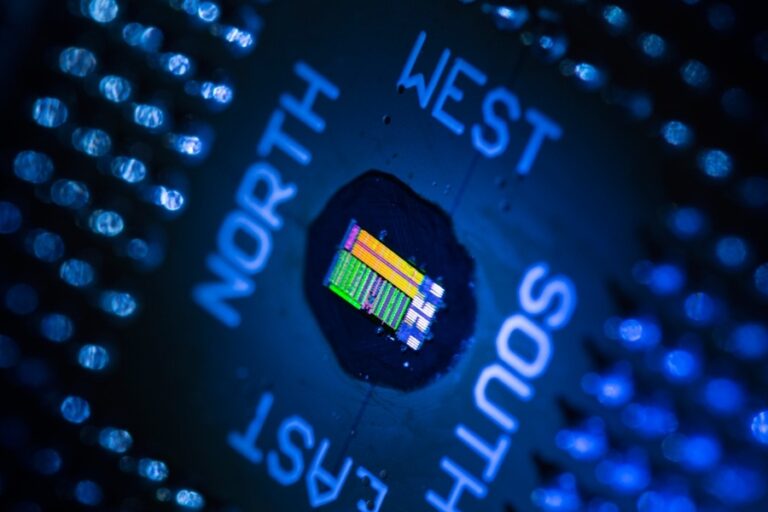The problem is that this cascade requires massively parallel computation, which would take an enormous amount of energy and time to run on a standard computer. Bandyopadhyay’s team believes they can solve this problem by performing the equivalent operation using photons rather than electrons. Photonic chips can encode information in optical properties such as polarization, phase, magnitude, frequency, and wave vector. Although this is extremely fast and energy efficient, building such a chip is not easy.
absorb the light
“Conveniently, photonics turns out to be particularly good at linear matrix operations,” claims Bandyopadhyay. A group at MIT led by Professor Dirk Englund, a co-author of Bandyopadhyay’s study, has demonstrated a photonic chip that performs matrix multiplication entirely using light. in 2017. Where the field has struggled, however, has been the implementation of nonlinear functions in photonics.
Typical solutions to date have relied on running linear algebra on a photonic chip and working around the problem by offloading nonlinear operations to external electronics. However, latency increased because the information had to be converted from light to electrical signals, processed by an external processor, and then back to light. “Reducing latency is the main reason why we want to build neural networks in photonics,” says Bandyopadhyay.
To solve this problem, Bandyopadhyay and his colleagues designed and built what is believed to be the world’s first chip that can use photons to compute an entire deep neural network, including both linear and nonlinear operations. “The process starts with an external laser with a modulator that delivers light to the chip through an optical fiber, thus converting the electrical input into light,” explains Bandyopadhyay.
The light is then spread out into six channels and fed into a layer of six neurons that performs linear matrix multiplication using an array of devices called Mach-Zehnder interferometers. “They are essentially programmable beam splitters that take two light fields and coherently mix them to produce two output light fields. You can control the degree of mixing,” says Bandyopadhyay.


